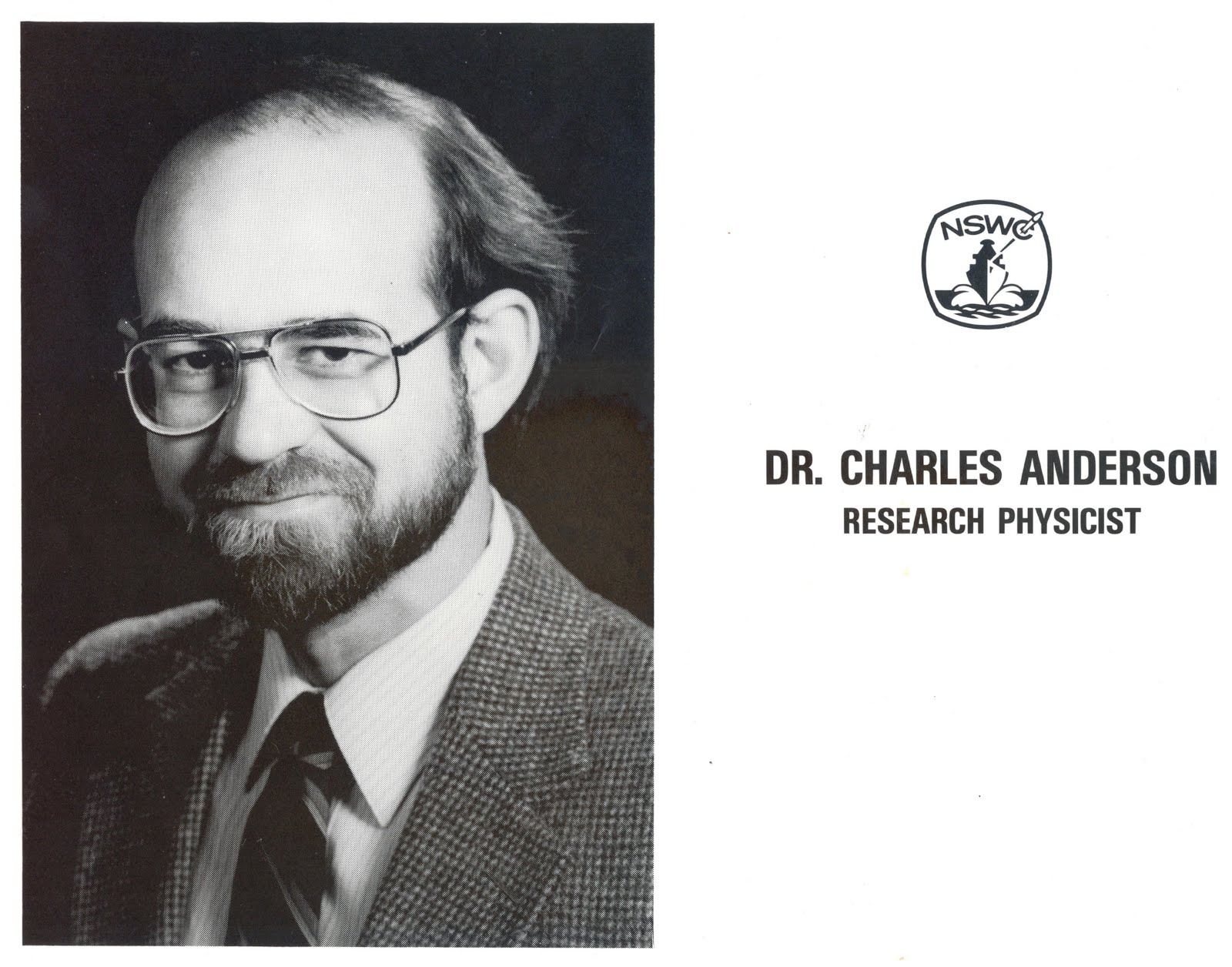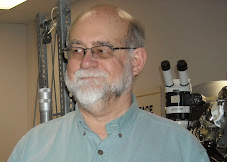13 May 2009
Roy Spencer Estimates CO2 Effects of Man & Nature
Dr. Roy W. Spencer, a principal research scientist at the University of Alabama in Huntsville, on 11 May 2009 posted a very interesting examination of the sources for the atmospheric CO2 measured at Mauna Loa, Hawaii. He asks if we are sure that all of the increase of CO2 in the atmosphere is due to man-made emissions. Then he does a remarkably simple calculation to show that it is not. Indeed, it is not even remotely the dominant contributor. And, it boggles the mind that after billions of dollars of federally funded climate research and the constant claim that the increasing atmospheric concentrations of CO2 require us to make drastic lifestyle changes and drastically reduce our manufacturing base, that none of these well-funded scientists have previously performed this simple calculation. It turns out that he says that only 10% of the increase in atmospheric CO2 is due to human emissions, while the rest is due to changes in sea surface temperature.
That the effect of man's emissions is small compared to the natural effects is not at all surprising to me. I have long thought that an effect of this scale was most likely. Admittedly, the issue is dependent upon many natural sinks and sources of CO2, but Spencer notes that these natural sinks and sources are about 20 times the size of the anthropogenic source, which I believe to be an underestimate of how much greater those sources and sinks actually are.
The first graph in his post compares the measured rate of increase in CO2 with the increase in man's emissions. The measured rate of increase appears to be about 60% of man's emission increase, so about 40% of man's emissions are very quickly removed from the atmosphere. This is data from the last UN IPCC report of 2007, though it is updated to 2008. So, it seems clear that claims that man's emissions remain in the atmosphere for 50 to 100 years are silly. The measured CO2 concentration in the atmosphere has strong seasonal variations and is strongly affected by warm El Nino and cold La Nina effects. It is clear that the concentration of CO2 in the atmosphere is strongly affected by the ocean temperature.
Next, he shows the Global Average Sea Surface Temperature Anomaly data, which show an average rise since about 1975 and it is plotted from 1958. Since about 2002, there has certainly been no increase in the sea surface temperature. He notes that some of the release of CO2 by the oceans is the "Coke-fizz" effect, but that there is now strong evidence that biological activity also plays a major role. To this, I would point out that the precipation of carbonates from sea salts plays still another important role.
Spencer then shows that the atmospheric CO2 concentration lags the sea surface temperature by about 6 months, which shows that the sea temperature causes the CO2 atmospheric increase, not the other way around.
So, Spencer then tries to apply a very simple model to the change of atmospheric CO2 in which the time dependence of the increase is assumed equal to the sum of a coefficient times the sea surface temperature increase and a coefficient times the man-made emissions increase. He finds a best fit with the man-made emissions increase coefficient equal to 0.1 and shows that it is better than the case with 0.2, for instance. This model explained 50% of the variance of the Mauna Loa measurement.
He observes that the best model fit indicates that the ocean is a net source of CO2 for the atmosphere when the average global sea surface temperature amomaly is -0.2 degrees C in the HadSST2 data set. This implies that the sea became a net source of atmospheric CO2 about 1930.
Dr. Spencer then surmises that the most likely cause of the long-term warming of the oceans has been a decrease in cloud cover over the oceans. He points out that this is hard to show, however, because the ocean cloud cover data over the last 50 to 100 years is not very good. We now know of other factors as well. Among these are dust blown out over the oceans and from volcanic eruptions, both of which produced less dust during the last warming period.
I will add that in addition to terms dependent upon the ocean surface temperature and man's emissions, one needs to add the effect of land mineral and soil absorption and emission of CO2, which will depend upon both temperature and soil water content variations. Adding this effect will explain even more of the variance in the Mauna Loa CO2 atmospheric concentration measurements.
That the effect of man's emissions is small compared to the natural effects is not at all surprising to me. I have long thought that an effect of this scale was most likely. Admittedly, the issue is dependent upon many natural sinks and sources of CO2, but Spencer notes that these natural sinks and sources are about 20 times the size of the anthropogenic source, which I believe to be an underestimate of how much greater those sources and sinks actually are.
The first graph in his post compares the measured rate of increase in CO2 with the increase in man's emissions. The measured rate of increase appears to be about 60% of man's emission increase, so about 40% of man's emissions are very quickly removed from the atmosphere. This is data from the last UN IPCC report of 2007, though it is updated to 2008. So, it seems clear that claims that man's emissions remain in the atmosphere for 50 to 100 years are silly. The measured CO2 concentration in the atmosphere has strong seasonal variations and is strongly affected by warm El Nino and cold La Nina effects. It is clear that the concentration of CO2 in the atmosphere is strongly affected by the ocean temperature.
Next, he shows the Global Average Sea Surface Temperature Anomaly data, which show an average rise since about 1975 and it is plotted from 1958. Since about 2002, there has certainly been no increase in the sea surface temperature. He notes that some of the release of CO2 by the oceans is the "Coke-fizz" effect, but that there is now strong evidence that biological activity also plays a major role. To this, I would point out that the precipation of carbonates from sea salts plays still another important role.
Spencer then shows that the atmospheric CO2 concentration lags the sea surface temperature by about 6 months, which shows that the sea temperature causes the CO2 atmospheric increase, not the other way around.
So, Spencer then tries to apply a very simple model to the change of atmospheric CO2 in which the time dependence of the increase is assumed equal to the sum of a coefficient times the sea surface temperature increase and a coefficient times the man-made emissions increase. He finds a best fit with the man-made emissions increase coefficient equal to 0.1 and shows that it is better than the case with 0.2, for instance. This model explained 50% of the variance of the Mauna Loa measurement.
He observes that the best model fit indicates that the ocean is a net source of CO2 for the atmosphere when the average global sea surface temperature amomaly is -0.2 degrees C in the HadSST2 data set. This implies that the sea became a net source of atmospheric CO2 about 1930.
Dr. Spencer then surmises that the most likely cause of the long-term warming of the oceans has been a decrease in cloud cover over the oceans. He points out that this is hard to show, however, because the ocean cloud cover data over the last 50 to 100 years is not very good. We now know of other factors as well. Among these are dust blown out over the oceans and from volcanic eruptions, both of which produced less dust during the last warming period.
I will add that in addition to terms dependent upon the ocean surface temperature and man's emissions, one needs to add the effect of land mineral and soil absorption and emission of CO2, which will depend upon both temperature and soil water content variations. Adding this effect will explain even more of the variance in the Mauna Loa CO2 atmospheric concentration measurements.
Subscribe to:
Post Comments (Atom)































































No comments:
Post a Comment